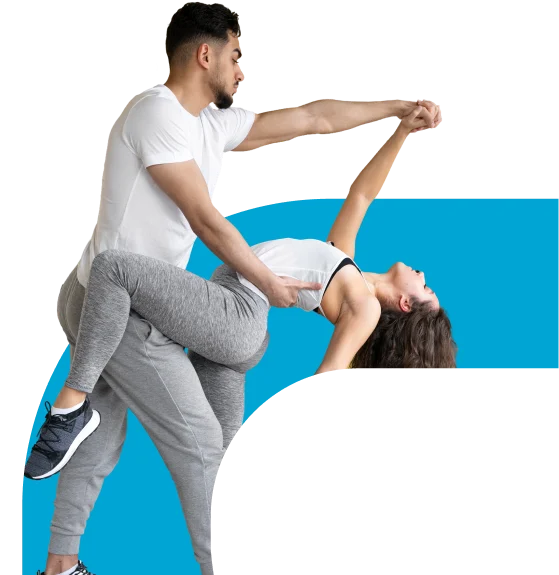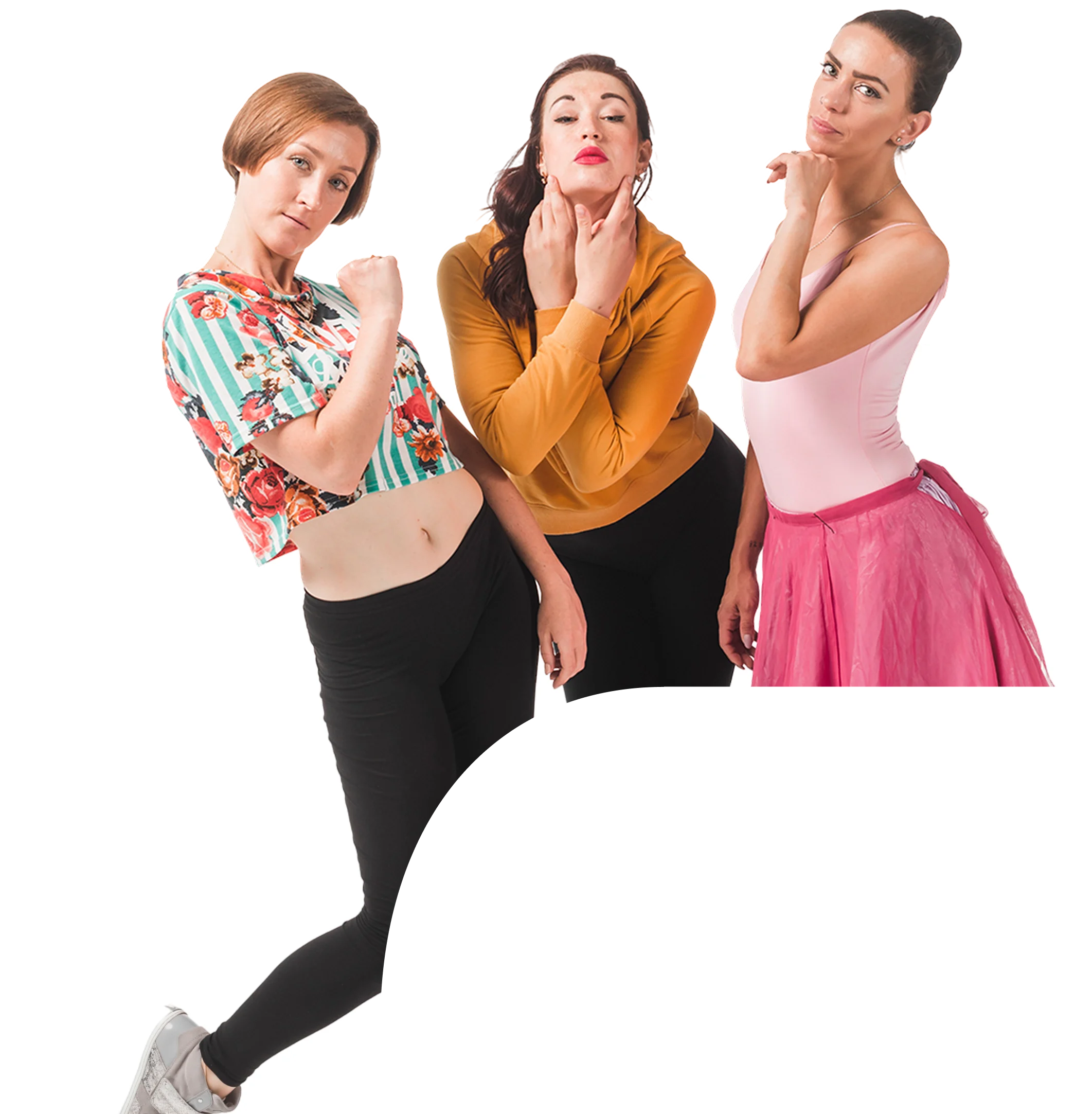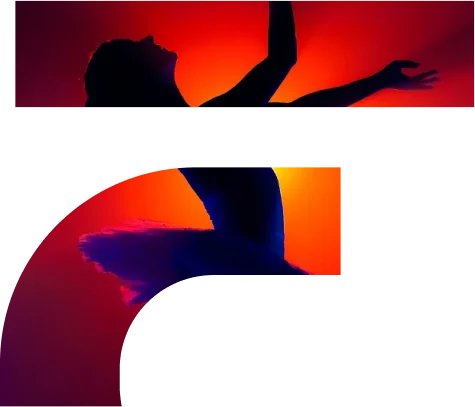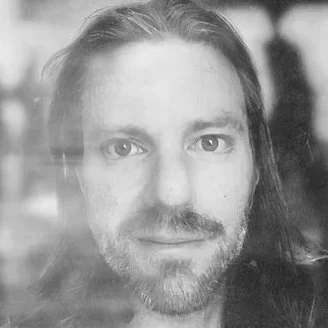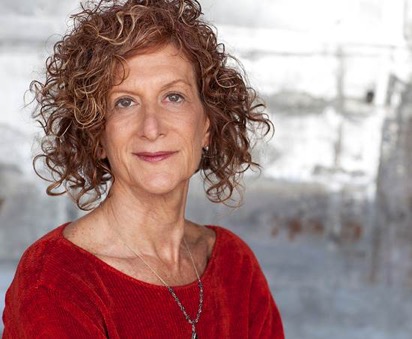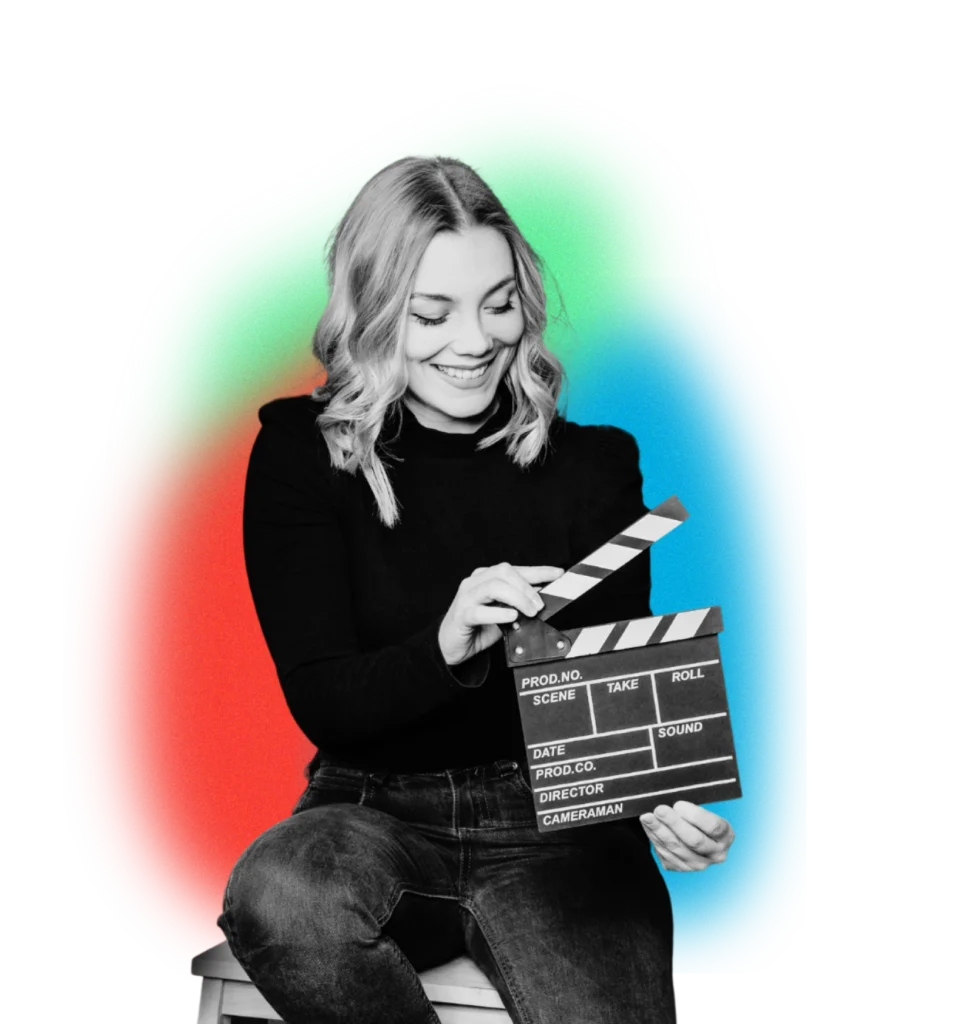The earnings of a choreographer in the film industry can vary a lot based on several factors, including experience, project scale, location, and industry demand. For those just starting out, earnings might be modest. Entry-level choreographers working on smaller independent projects, student films, or low-budget productions might earn anywhere from a few hundred to a couple of thousand dollars per project.
This initial phase is more about gaining experience, building a portfolio, and establishing oneself in the industry. As you progress and gain more experience, your earnings tend to increase. Choreographers working on mid-level projects or with moderately-sized production budgets can earn between several thousand to tens of thousands of dollars per project.
Established choreographers, especially those involved in big-budget films, renowned productions, or working with A-list directors, can command significantly higher fees, ranging from tens of thousands to hundreds of thousands of dollars or more for their services.
Choreographers may have diverse income streams, too. Aside from film projects, they might earn through teaching dance classes, workshops, stage productions, or commercial gigs, contributing to their overall income. Building a reputation, networking, and continually honing your craft play vital roles in elevating your earning potential as a film choreographer.
